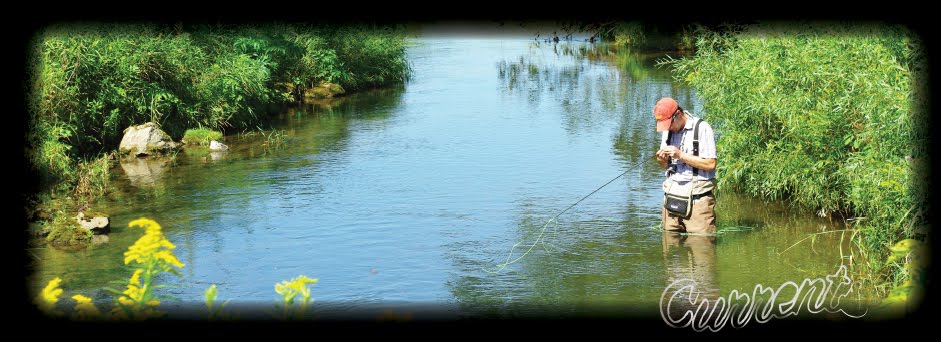
I'm going to post some information here for John's benefit, but also for any 'lurkers' who might be interested in the life history of fishes. Last night I caught a creek chub (Semotilus artromaculatus)(see photo) in a cold water stream. But I wondered if I could stretch this species to fit into the warmwater category and officially take the first lead in the WWFP. It turns out that I cannot in good conscience declare creek chubs as a warmwater species in any regard. Here's how I found out...
If you catch a fish in a cold or cool water environment and wonder if it could be considered a warmwater fish that just happens to have a high degree of physiological plasticity, do the following:
under the image there is a link for the LTRMP fish life history database. This is free information for you, but you will need Microsoft Access to open the file.
2) Once you have downloaded and opened the file, click on the spreadsheet titled "Table_LTRMP species list". Then look up the "Fishcode" for the species you are interested in, write it down.
3) Then click on the spreadsheet titled "Table_Preference and Guild" and scroll over to the column titled "Adult Habitat". If your species code has an adult habitat preference listed as 1-2, it is technically a coldwater species, 3-4, a warmwater species, and 5-7 a saltwater species.
This Database is loaded with information on everything from migratory behavior, spawning time and habitat, water column preference, turbidity tolerance, etc. All things you might be interested in if you are targeting a specific species. For definitions of spreadsheet codes other than the adult habitat scores I gave above, consult the appendices of the following report:
There you have it folks, a resource for everything you should ever want to know about the life histories of Midwest fish species. You could, of course go to Wikipedia, but then you might have to question the authenticity of the information. -Nate







